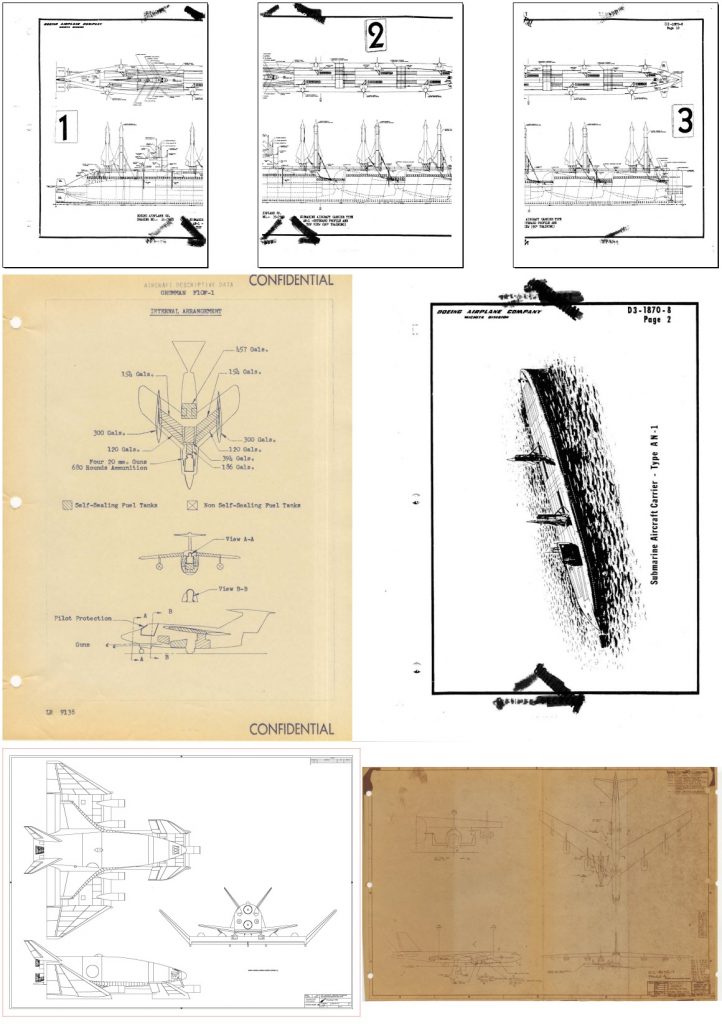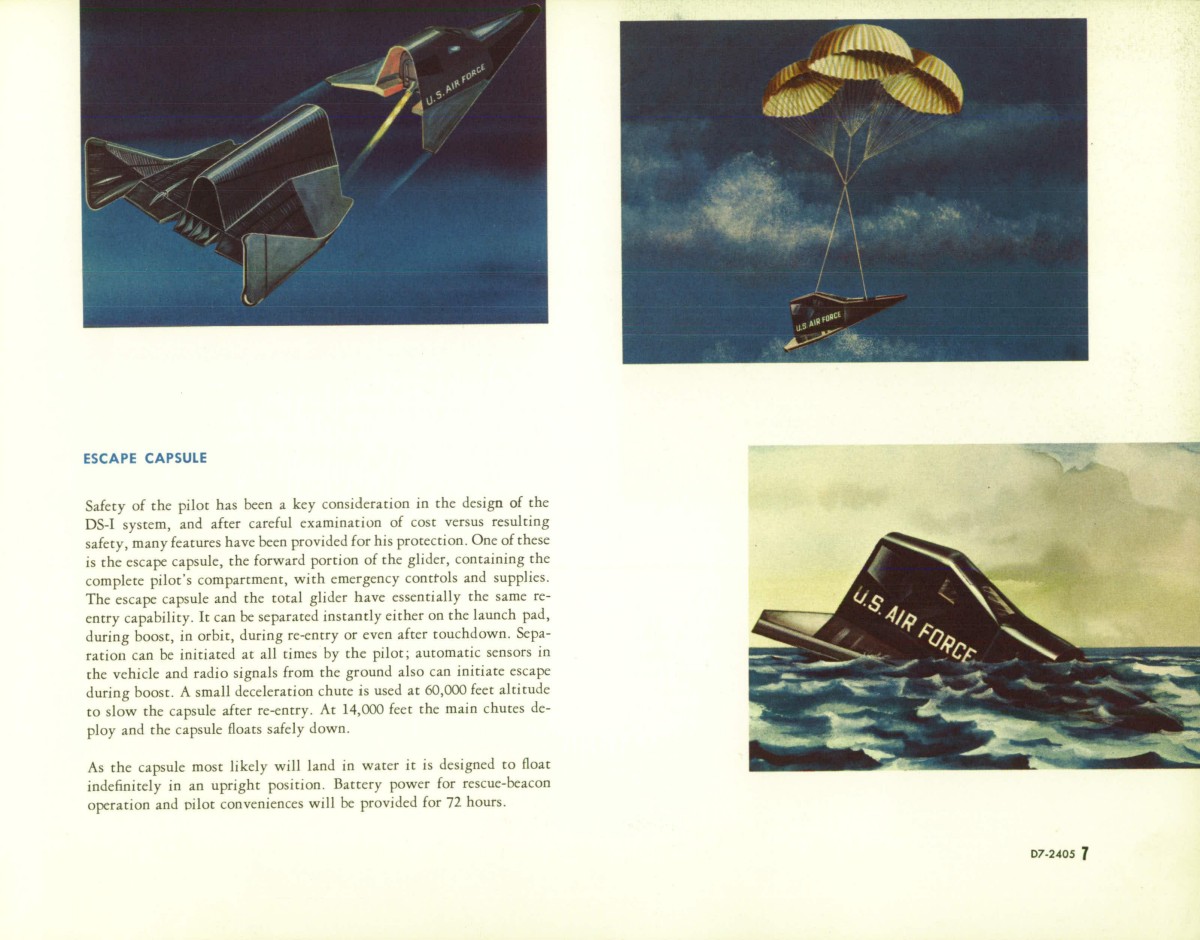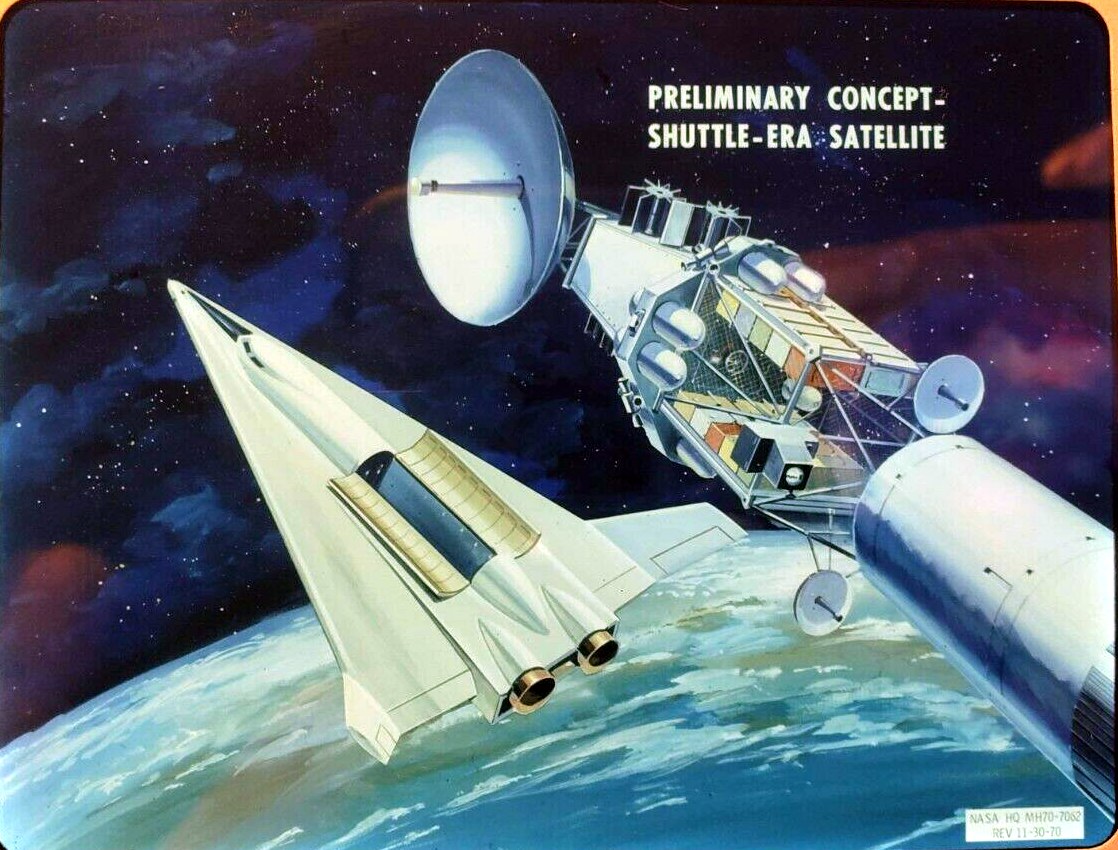Huh.
Virgin Orbit to attempt 1st launch of LauncherOne rocket this weekend
The company is targeting Sunday (May 24) for its Launch Demo mission, with a backup opportunity on Monday (May 25). The four-hour window will open each day at 1 p.m. EDT (1700 GMT), Virgin Orbit representatives announced today (May 20).
The 747 “Cosmic Girl” will be used to haul to 35,000 feet the seventy-foot-long LauncherOne rocket, lifting off from the Mojave desert. The rocket will, if it all works out, be dropped, fire its main engine and blast off into orbit.
Good luck to ’em, but it seems like Virgin Orbit has a hell of a task in competing with SpaceX. Speaking of which…
How to Watch the Upcoming NASA SpaceX Rocket Launch Live
Discovery and Science Channel will be sharing live coverage of NASA’s launch of SpaceX’s Falcon 9 rocket and Crew Dragon Capsule on May 27. The launch will mark the United States’ first time sending astronauts into space in nine years.
The multi-platform “Space Launch Live: America Returns to Space” television event will be simulcast at 2 p.m. ET/11 a.m. PT
SpaceX will doubtless also live stream the launch on YouTube, and I gotta believe that NASA TV will also carry it. That said:







